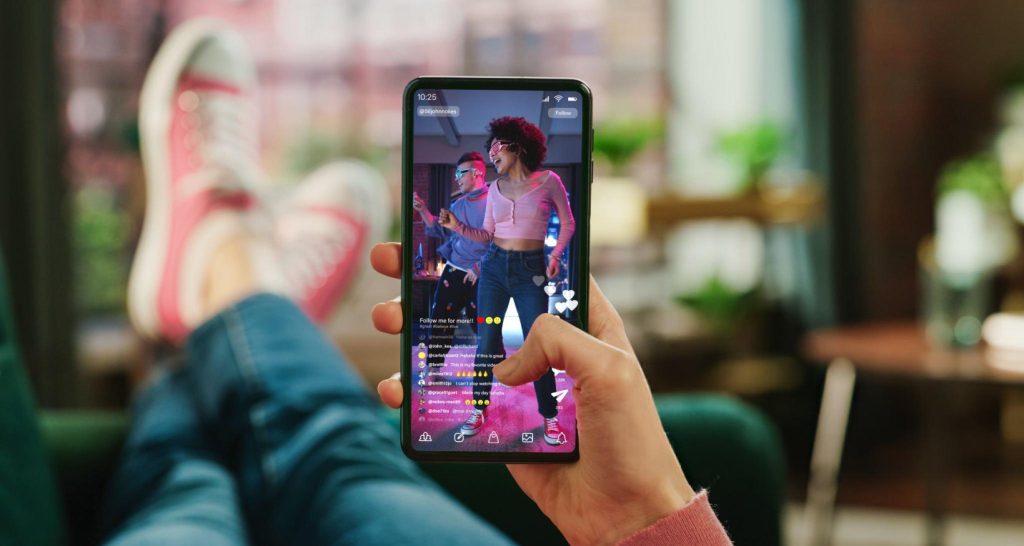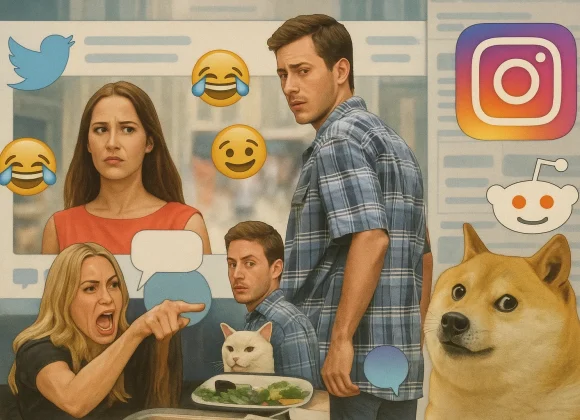You open Instagram for “just a minute,” and suddenly 30 minutes vanish. You scroll through Twitter, TikTok, or YouTube, unable to stop—even when you’re bored. This isn’t accidental. Platforms design infinite feeds to keep you engaged, using proven psychological tricks to make scrolling feel satisfying and addictive.
What Is Infinite Scrolling?
Infinite scrolling is a design pattern where content keeps loading as you scroll, with no endpoint or “next page” button. Social media platforms like Facebook, Instagram, Reddit, and TikTok rely heavily on this feature. Instead of reaching the end of a feed, users are offered a never-ending stream of content.
The Psychology Behind Scroll Addiction
Infinite scrolling taps into several psychological and neurological triggers:
1. Variable Rewards (The Slot Machine Effect)
Each time you scroll, you don’t know what you’ll see next—maybe a funny meme, maybe a viral video, maybe something boring. This unpredictability triggers the brain’s reward system, releasing dopamine when we find something interesting. It’s the same mechanism behind gambling and slot machines.
2. FOMO (Fear of Missing Out)
Social media thrives on updates—news, trends, and drama. Scrolling makes you feel like you’re staying updated, even if it’s superficial. The fear that something important will slip by keeps your thumb moving.

3. Cognitive Ease
Infinite scroll removes friction. There’s no clicking, no loading new pages—just smooth, brainless consumption. That makes it easy to keep going even if your attention is fading.
4. Lack of Stopping Cues
Books end. Articles end. But infinite feeds don’t. Without a natural stopping point, your brain finds no signal to pause—so you keep going.
How Platforms Use Infinite Feeds
- Instagram loads endless posts and Reels to boost engagement.
- TikTok automatically plays one video after another based on your viewing patterns.
- YouTube Shorts and Facebook Watch also use swipe-to-scroll mechanics to mimic TikTok’s success.
- Even LinkedIn uses infinite feeds to keep professionals scrolling.
Each of these platforms tracks your behavior and fine-tunes the content to give you just enough novelty to hold your attention—without overwhelming you.
What’s the Impact?
Scrolling endlessly may seem harmless, but over time it can cause significant effects like time loss, reduced productivity, disrupted sleep—especially when used at night—mental fatigue, and information overload. It can also heighten anxiety or depression, particularly due to FOMO and constant negative comparisons. When users compulsively consume distressing news or content, this habit is known as doomscrolling, and it’s becoming an increasingly recognized digital wellness concern.
Final Thoughts
Infinite scrolling isn’t just a feature—it’s a design strategy aimed at capturing your attention and keeping it. By understanding the psychology behind it, you can scroll with more awareness and break the habit of mindless swiping. You don’t have to give up your favorite apps—you just need to reclaim the driver’s seat.
🔗 Related Reading




